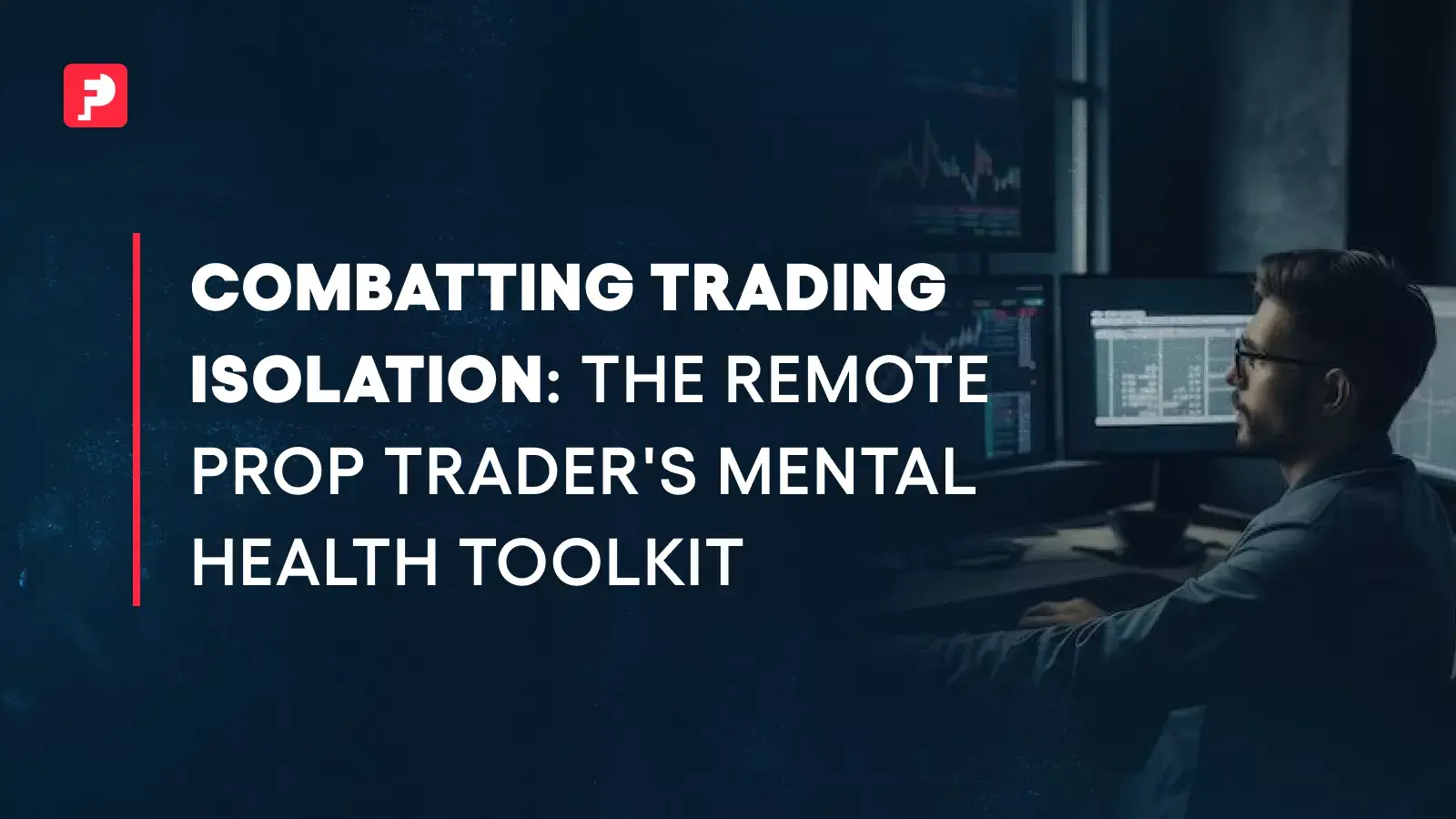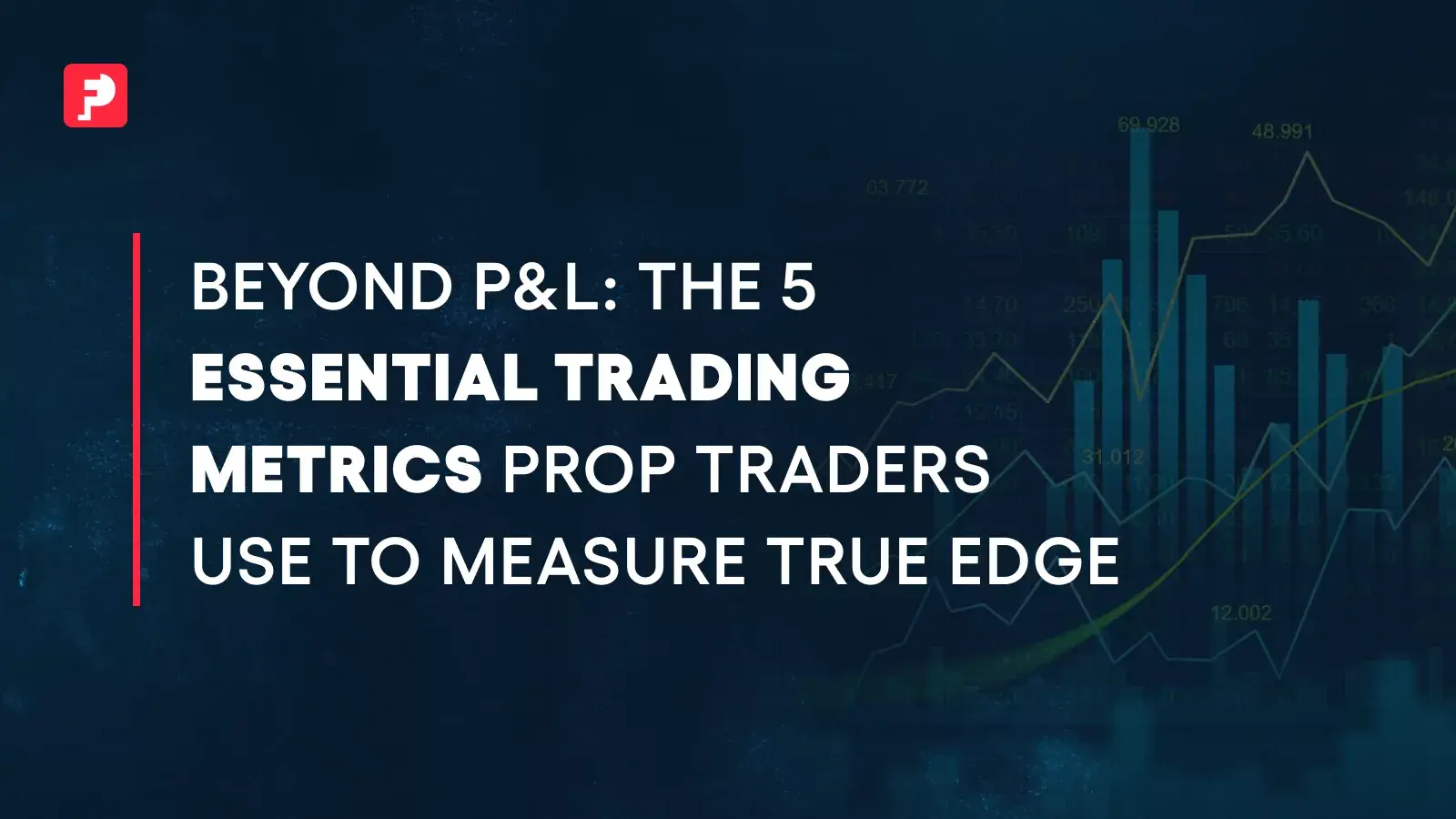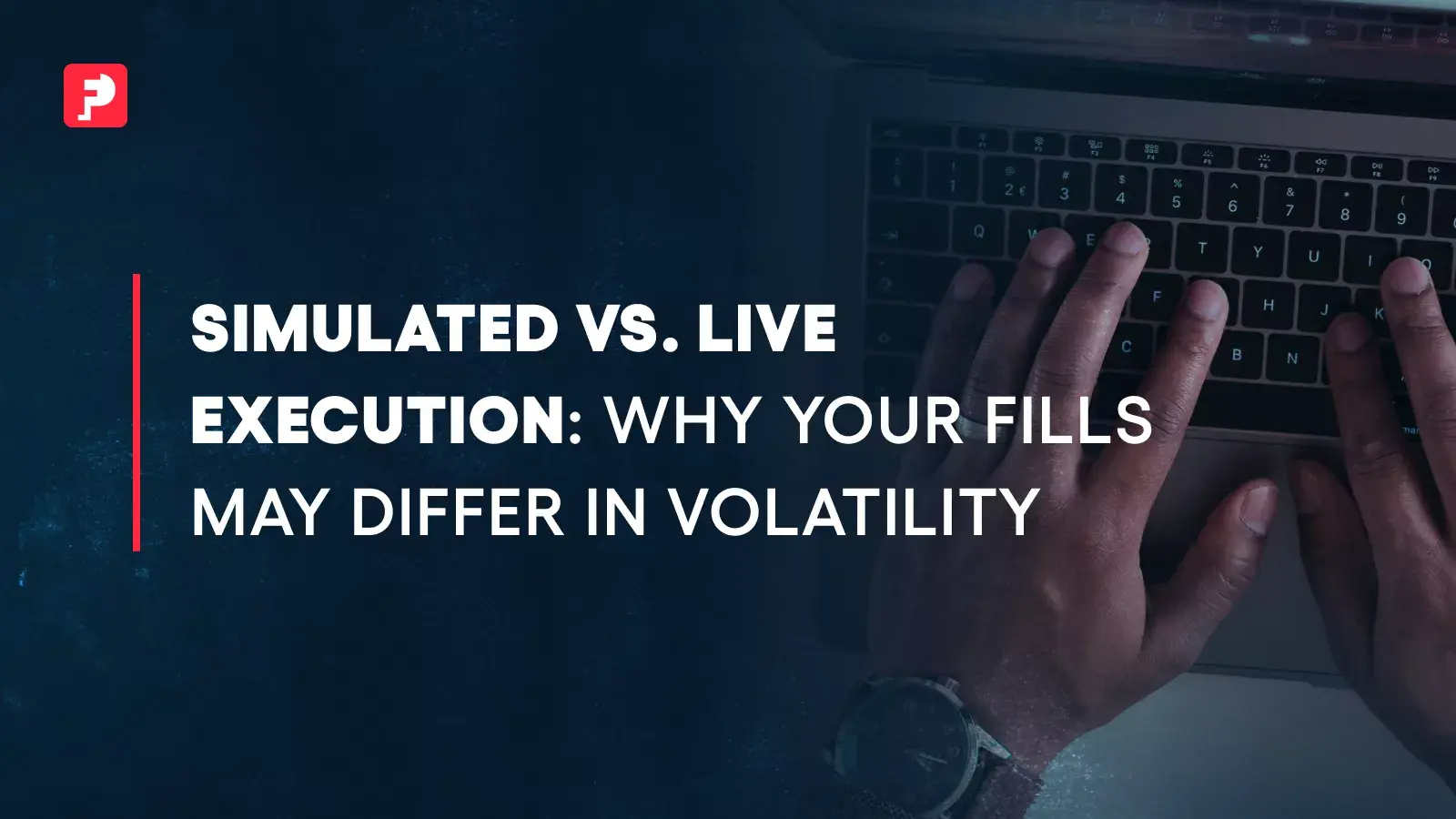Key Takeaways:
- What are Stop Loss Orders?
- 4 common mistakes traders make when setting stops
- How to use Stop Losses effectively to best suit your trading
Overview
A stop-loss order is a type of directive that traders can place with their broker to limit their losses on a particular trade. Stop loss orders are triggered automatically when the price of an asset reaches a certain level, i.e., “the stop price.” When the stop price is reached, the stop-loss order is executed, and the trade is closed out at the best available price, a maneuver that can help limit the trader’s losses. Before we discuss the 4 common mistakes traders make when setting stops, let us visualize a stop order in practice:
Imagine that a trader buys 100 shares of XYZ stock at $50 per share and places a stop-loss order at $45 per share. Should the price of the stock drop to $45, the stop-loss order will be triggered, and the trade will be closed out at the best price available, which could be slightly above or below $45.
Stop-loss orders are often an integral part of a risk management strategy. Not only do they limit potential losses in the event that the market moves against the traders, but they also help safeguard against emotional-based trading decisions. Traders can decide on and set stop orders in advance instead of making impulsive decisions in the heat of the moment.
4 Common Mistakes Traders Make When Setting Stops
However, it is important to note that stop-loss orders are not foolproof and can still result in losses if the market experiences a sudden and drastic move, known as a price gap. The timing of stop orders is critical, and misplaced orders can result in premature exits and missed profit opportunities. There are several common mistakes that traders make when setting stop-loss orders. Here are four of them:
Placing Stops Too Close to the Entry Price
This is a common mistake among traders who want to limit their losses but also want to avoid being stopped from a trade too early. Placing stops too close to the entry price increases the likelihood of being stopped out by
normal market fluctuations, which can result in premature exits and missed profit opportunities.
Mistake: Say a trader bought 1,000 shares of ABC stock at $10 per share, intending to hold the stock for the long term. The trader wants to limit their potential losses, so they place a stop-loss order at $9 per share, just 10% below their entry price.
Unfortunately, the stock is affected by some short-term volatility, and the price drops to $9.50 per share. The stop-loss order is triggered, and the trader’s position is closed out at the best available price, which may be slightly above or below $9. As a result, the trader incurs a loss of $500 (1,000 shares x ($10 – $9.50).
Solution: If the trader had placed their stop-loss order further away from the entry price, they could have circumnavigated the market fluctuations and held onto their position for the long term. For example, should the trader have placed their stop-loss order at $8 per share, they could have weathered the short-term volatility and held onto their position, gaining a larger profit over time if the stock had continued to rise.
Placing Stops Too Far from the Entry Price
On the other hand, some traders set their stops too far from the entry price, expecting to ride out any short-term market volatility. This can result in larger losses if the market moves against the trader, because the stop-loss order may only be triggered after significant losses have already occurred.
An Example of a Trader Making This Very Mistake
A trader buys EUR/USD at 1.2000 in anticipation that the currency pair will increase in value. The trader decides to place a stop order at 1.1900, which is 100 pips (or 1% of the position size) below their entry price.
However, the trader did not take into account the normal volatility of the EUR/USD currency pair and did not set the stop order based on any specific technical or fundamental analysis. Consequently, the stop order is placed too far away from the entry price, making it more difficult for the trader to adequately manage their risk.
Regrettably, the market experiences some short-term volatility, and the price drops to 1.1950. The stop order is triggered, and the trader’s position is closed out at the best available price, slightly above or below 1.1900. As a result, the trader incurs a loss of 50 pips (1.2000 – 1.1950), which is equivalent to $500 on a standard lot size.
Solution: If the trader had allowed for the normal volatility of the EUR/USD currency pair and had used specific technical or fundamental analysis to inform their stop order, they may have been able to set a more appropriate stop level. For instance, should the trader have set the stop order based on a support or resistance level, they might have avoided a premature exit and missed profits.
Bear in mind that a solid understanding of currency correlation and the factors that move prices will inform your decision on where to place your stop orders.
Not Adjusting Stops as Market Conditions Change
Traders sometimes set stop-loss orders and then forget about them, neglecting to adjust them as market conditions change. This can result in missed profit opportunities or larger losses than expected.
Mistake: Let us take a trader who buys 200 shares of GHI stock at $30 per share, intending to hold the stock for the long term. The trader sets a stop-loss order at $25 per share: 16.7% below their entry price.
Over the next few weeks, the stock performs well and rises to $35 per share. However, the trader fails to adjust their stop-loss order to reflect the stock’s new, higher price. Therefore, if the stock experiences an abrupt drop, the stop-loss order will still trigger at $25 per share, resulting in a larger-than-expected loss.
Lamentably for our trader, the stock does sustain a sudden drop due to a negative news event, and the price drops to $26 per share. The stop-loss order is triggered, and the trader’s position is closed out at the best available price, slightly above or below $25. As a result, the trader experiences a loss of $1,800 (200 shares x ($30 – $25)).
Solution: Had the trader adjusted their stop-loss order to indicate the stock’s new, higher price, they might have been able to limit their losses in the event of a sudden dip while still giving the stock some room to fluctuate within a reasonable range. For example, if the trader had corrected their stop-loss order to $30 per share, they may have been able to avoid losses altogether should the stock have returned to its previous price.
Setting Stops Based on Arbitrary Values
Occasionally, traders set stop-loss orders based on arbitrary values, such as a fixed dollar amount or a percentage of the entry price, without considering specific market conditions or asset volatility. This can result in ineffective risk management and missed profit opportunities.
Mistake: Here we have a trader who buys 100 shares of DEF stock at $20 per share, planning to hold the stock for the short term. The trader decides to place a stop-loss order at $18 per share, based on a round number that feels like a comfortable loss limit.
However, the trader ignores any fundamental or technical analysis of the stock and fails to set the stop-loss order based on any specific indicators or signals. In consequence, the stop-loss order is not grounded in any meaningful information about the stock’s actual value or potential for either growth or decline.
Unfortunately, the stock is subject to some short-term volatility, and the price drops to $18.50 per share. The stop-loss order is triggered, and the trader’s position is closed out at the best available price, which may be just above or below $18. As a result, the trader takes a loss of $150 (100 shares x ($20 – $18.50)).
Solution: Had the trader done some research and analysis on the stock’s price movements and set the stop-loss order accordingly, they might have been able to ride out the normal market fluctuations and hold onto their position. For instance, if the trader had set the stop-loss order based on a technical analysis indicator like the moving average, they might have been able to use relevant information to determine a more effective stop-loss level.
Conclusion
These examples all highlight the dangers of inappropriately placed or used stop orders. By not placing stop orders correctly or failing to adjust them in response to changing market dynamics, traders can experience missed profit opportunities or excessive losses.
Overall, it is important for traders to set stop-loss orders based on careful analysis of the asset’s price movements, volatility, and risk management goals. Traders should also regularly review and adjust their stop-loss orders as market conditions change.
Ready to take the challenge? Sign Up Now.





